Guide students in understanding the difference between hardware and software with this cut and sort activity.
Know the Difference Between Hardware and Software
In the era of advancing technologies, there’s no doubt your students are already well versed in digital literacy. They can point, click, swipe and magnify long before entering the classroom.
But do they know how digital technology works?
When talking about computers, hardware refers to tangible materials—the monitor, the memory, data processors, etc.—that make it run. Software is the installed programs and operating systems that use the hardware, like video games and applications.
Now, you can teach students to distinguish between hardware and software with our handy sorting activity!
To play, students will sort the components of a computer using the images and names of its features. As a result, students will discover the materials and elements needed to produce the technology we use daily.
Scaffolding + Extension Tips
After sorting the images, challenge students to explain why they sorted the cards into each pile.
Support struggling students by providing physical examples of some of the hardware featured in the activity. Use this exercise in pairs or small groups rather than independently.
A version that uses photographs instead of illustrations is included as a download option. Use this version if you have students who find illustrations to be below their age level.
More Activities for Discussing Hardware vs Software
A team of dedicated, experienced educators created this STEM activity for students to work on independently. It’s also beneficial to have handy for fast finishers who need to keep their hands and brains busy!
However, check out our suggestions for using this activity to reinforce your guided group and full-class lessons too:
✂️ Cut & Paste Worksheet
Print copies for each student and instruct them to cut out, sort, and paste each image into its corresponding column. Collect worksheets to assess students’ understanding of the concepts after your computer science lesson.
🖱️ Interactive Class Activity
Select the Google Slides option and project the activity from your computer screen. With your students’ input (no pun intended 😉), drag and drop the matching pieces into place.
👉 Knock Off
Have your students stand up and make a line across the room. Project an image on a screen and use our Random Name Picker widget to draw a student’s name to determine whether it’s hardware or software. If they are correct, they tap the person to their left or right to send them back to their seat. If the student answers the card incorrectly, they must sit out. Play continues until only one student is standing.
Easily Prepare This Resource for Your Students
Use the dropdown icon on the Download button to choose between the black and white or colour PDF and Word versions or the full-colour Google Slides option.
We’ve included an answer key with your download for students to self-check their work.
Print on cardboard for added durability and longevity. Place all pieces in a folder or large envelope for easy access.
Introduce students to digital technology with these teaching resources and activities!
[resource:18698] [resource:199767] [resource:1883718]



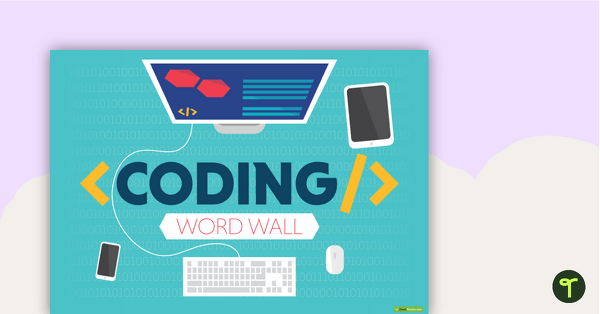
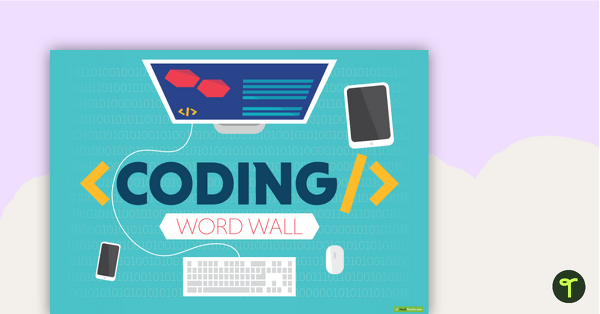
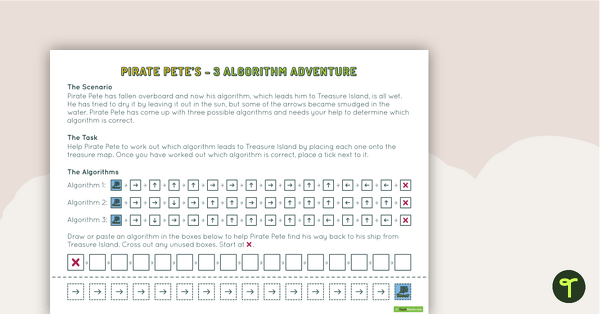
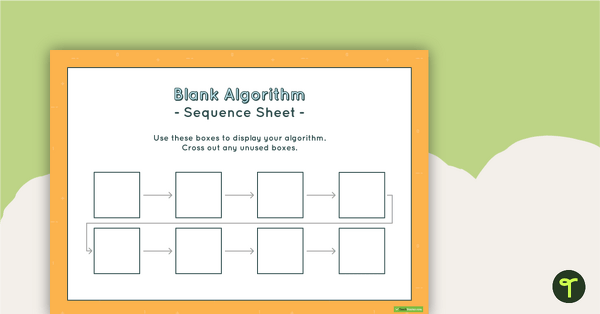
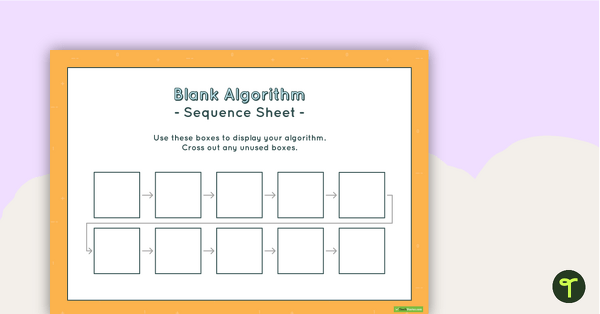
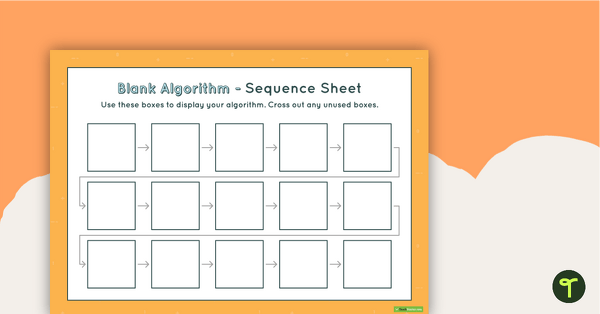
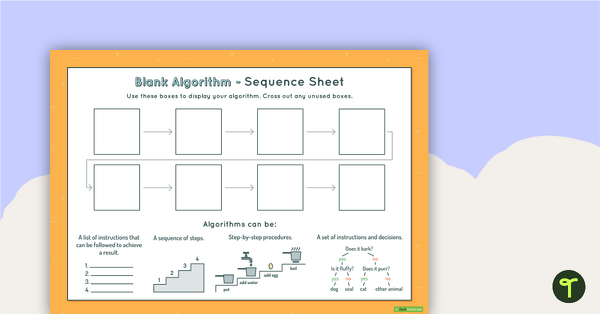
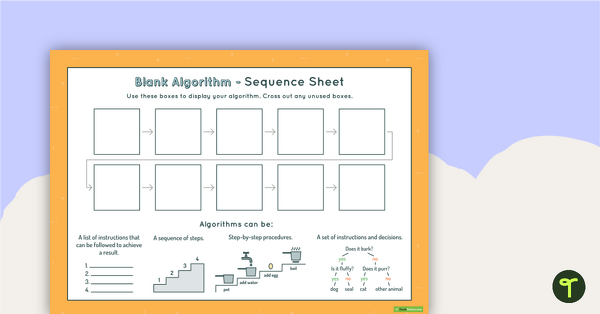
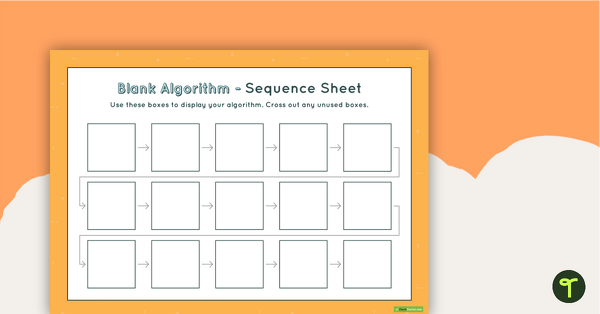
0 Comments
Write a review to help other teachers and parents like yourself. If you'd like to request a change to this resource, or report an error, select the corresponding tab above.